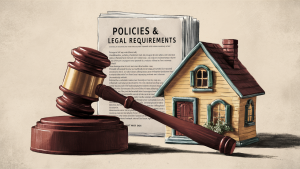
Airbnb Guest: A Host’s Guide to a Memorable Start
Facebook Twitter LinkedIn Reddit Email WhatsApp Welcome Your First Guest on Airbnb: A Host’s Guide to a Memorable Start Welcoming your first guest on Airbnb
Opening a savings account is a straightforward process that can help you manage your finances and grow your savings over time. Whether you’re saving for a specific goal or building an emergency fund, is a safe and reliable place to store your money.
Before we dive into the steps, let’s explore some key benefits of opening it:
1. Research Different Banks and Credit Unions
Start by researching various financial institutions. Look for those that offer competitive interest rates, low fees, and good customer service. Consider both traditional brick-and-mortar banks and online banks, as online banks often provide higher interest rates.
Key Considerations:

Banks and credit unions offer various types of savings accounts. Here are some common options:
To open a savings account, you’ll need to provide specific documents. These typically include:
You can apply for it either online or in person. Here’s how:

After your application is approved, you’ll need to make an initial deposit. This can be done through:
To manage it efficiently, set up online and mobile banking. This allows you to:
Find out where the people are going and buy the land before they get there.”
– William Penn Adair Tweet
Opening a savings founds is a smart financial move that provides security, accessibility, and the potential for growth through interest earnings. By following these steps and choosing the right account for your needs, you can start saving effectively and reach your financial goals.

Facebook Twitter LinkedIn Reddit Email WhatsApp Welcome Your First Guest on Airbnb: A Host’s Guide to a Memorable Start Welcoming your first guest on Airbnb

Facebook Twitter LinkedIn Reddit Email WhatsApp Mastering Airbnb Policies and Legal Requirements: A Guide for Hosts If you’re considering hosting on Airbnb, understanding the platform’s

Facebook Twitter LinkedIn Reddit Email WhatsApp The Anatomy of a Perfect Airbnb Listing Creating an irresistible Airbnb listing is both an art and a science.